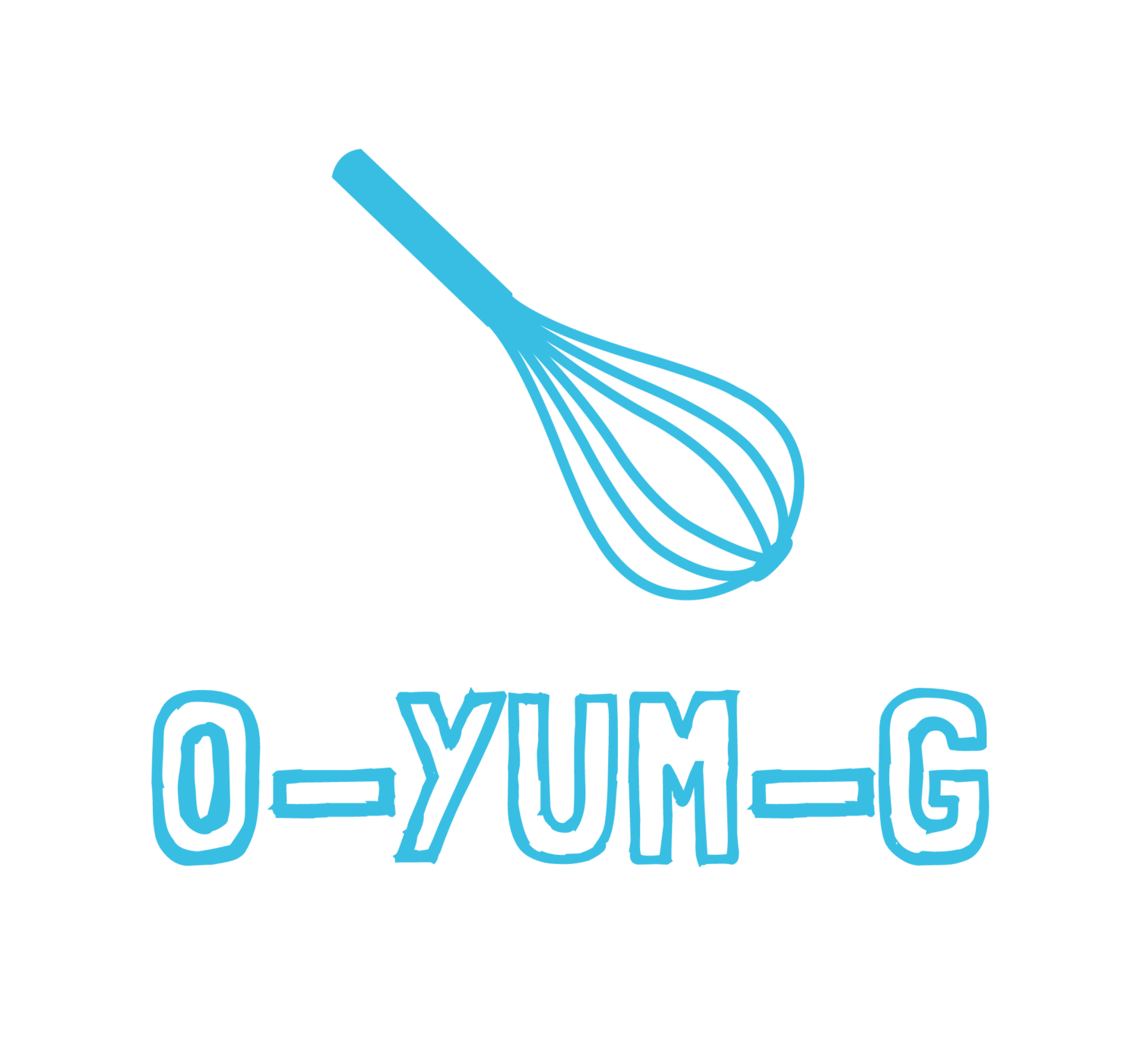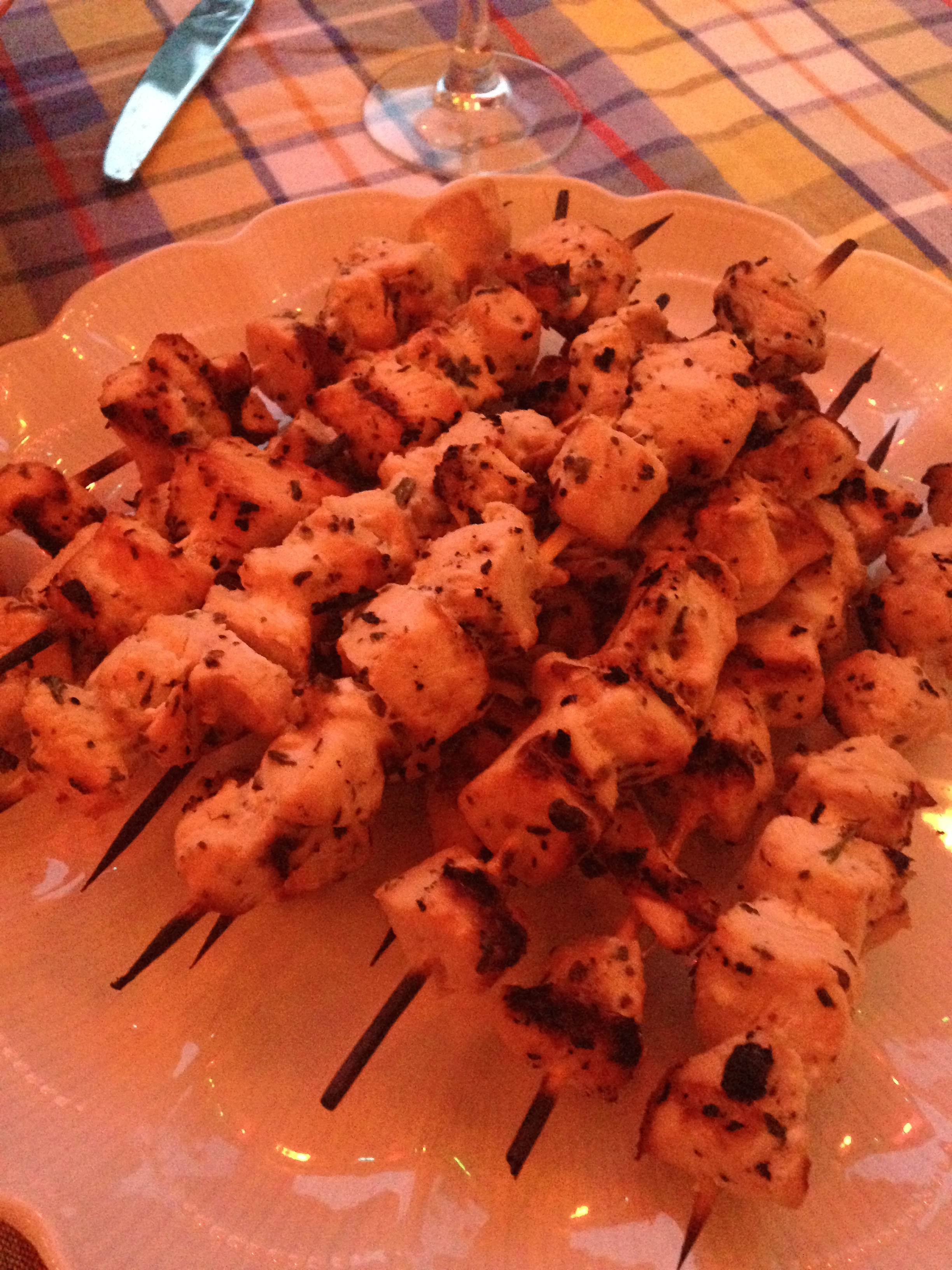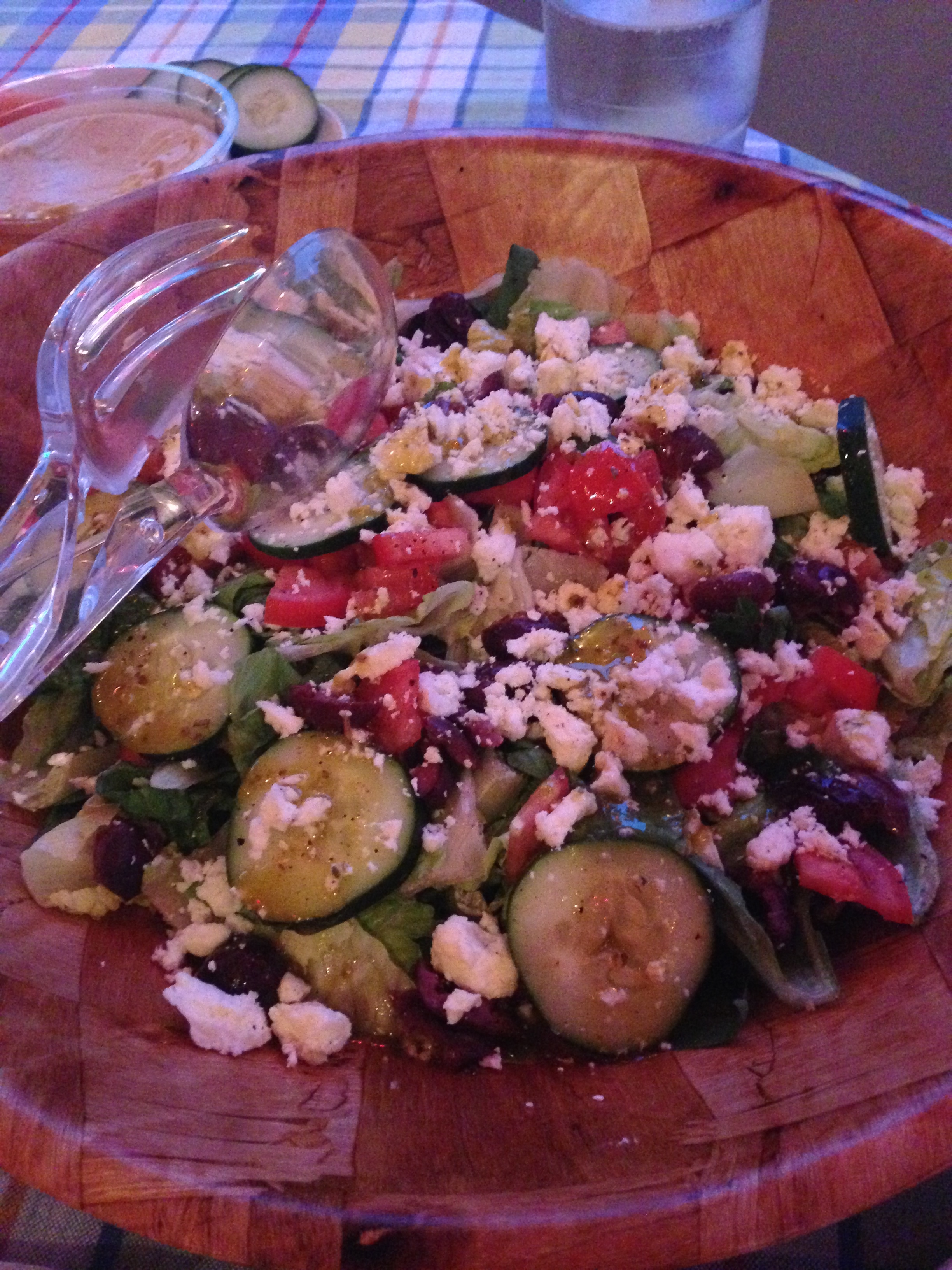Baking Club Adventure: Whole Grain Bread
Back in February, the baking club decided to go the more savory route with homemade whole grain bread for a little change of pace. After our first attempt at meeting was thwarted by the snowstorm of the season, we met in early February to try a bunch of different whole grain loaves along with some tasty flavored butters and jams.
Keep reading to see how it all turned out!
LIBBY - Seeded European Peasant Bread
I received a bread baking cookbook from a friend called The New Artisan Bread in Five Minutes a Day. All the recipes are based on the concept that all you need to do to make bread is make a large batch of a master recipe, store it in your fridge and then when you want bread, pull of a chunk, let it rise and bake! Essentially, it's just five minutes of work to assemble the dough and then it's letting the dough and oven do the rest!
- 3 cups lukewarm water (100 F or below)
- 1 tbsp of granulated yeast
- 1 - 1 1/2 tbsp kosher salt
- 1/2 cup rye flour
- 1/2 cup whole wheat flour
- 5 1/2 cup all-purpose flour
- 1/2 cup seed mix (use your favorite seeds, I used sesame, poppy, sunflower, amaranth & millet)
- cornmeal and/or parchment paper to line cookie sheet
In a large bowl or lidded plastic container, mix the water, yeast and salt. Add in the remaining ingredients and stir until fully mixed (may need to use wet hands to add in all the flour). Cover the dough (not airtight) and let rest at room temperature until the dough rises and collapses (or flattens on the top), about 2 hours. From here, you can either bake your first batch or put the dough in the refrigerator until you're ready to bake.
When you're ready to bake, dust the surface of the dough in the container with some flour and take out about 1/4th of the dough. Coat it with some more flour and shape into a ball by stretching the surface of the dough around to the bottom on all sides and rotating the ball as you go. Place on a cookie sheet lined with parchment paper and sprinkled with some cornmeal and allow to rest and rise for 40 minutes. While the dough is rising, preheat your oven to 450 degrees. Place a baking stone or baking sheet in the middle of the oven and let it heat for 20-30 minutes. Place an empty metal tray on the lowest shelf. When the dough has risen, sprinkle with flour and slash the top, about 1/2 inch deep. Transfer the dough to the baking stone/sheet in the oven and pour one cup of water into the metal tray on the bottom and quickly close the oven door. Bake for about 35 minutes or until golden brown and firm. Allow to cool on a rack before eating!
GINA - Easy Seed and Grain Loaf (via BBC) and Sesame & Flax Seed Oat Bread
Gina made two different seed loaves. One made with a mixed grain flour, poppy & sesame seeds and sweetened with a bit of honey. The other was made with a wider mix of seeds including black and white sesame, chia, pumpkin, flax and sunflower seeds and sweetened with maple syrup. Both were delicious and had great nutty flavor from the seeds.
TONYA - Classic 100% Wheat and Whole Wheat French Baguette
Tonya also made two different loaves - one using 100% white whole wheat flour, sweetened with honey and baked in a traditional loaf pan. The other was a whole wheat take on the French baguette. It was warm, crusty and the perfect vessel for some butter and jam!
KLARE - Classic 100% Wheat (via King Arthur Flour), Wheat Berry Bread & Whole Wheat Oatmeal Bread with Raisins
Klare was the winner in the most-loaves-of-bread-baked department! She made three loaves for us: a classic 100% wheat loaf, a wheat berry bread and a whole wheat oatmeal bread with raisins. All were delicious and I especially loved the red wheat berry bread for which she cooked the wheat berries the night before and then added them to the dough. They added a great chewiness to the bread. And the oatmeal bread had a delicate sweetness thanks to the raisins.










